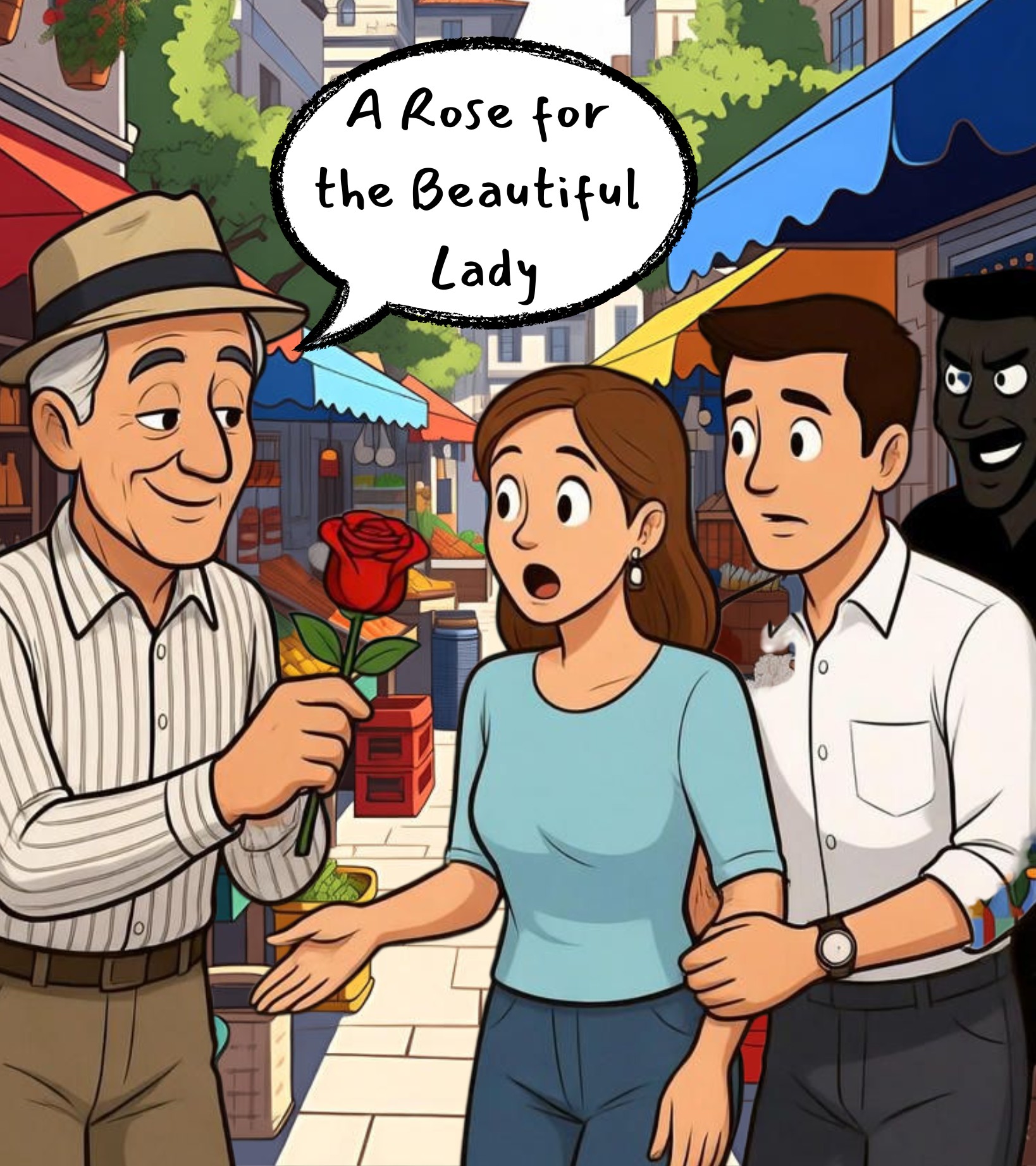 You are enjoying a romantic evening in a picturesque European piazza or walking hand in hand through a crowded tourist district; the ambiance is perfect. A charming vendor suddenly appears and offers a single rose to your partner, he smiles and says, "A gift for the beautiful lady It is free." It appears to be a spontaneous gesture of kindness, but it is the opening act of a well-practiced street scam.
You are enjoying a romantic evening in a picturesque European piazza or walking hand in hand through a crowded tourist district; the ambiance is perfect. A charming vendor suddenly appears and offers a single rose to your partner, he smiles and says, "A gift for the beautiful lady It is free." It appears to be a spontaneous gesture of kindness, but it is the opening act of a well-practiced street scam.
The scheme is commonly known as the rose scam and is as widespread as the "Sand Dog Scam" when it comes to targeting tourists. Simple in design and execution, the Rose Scam relies heavily on social engineering by preying on politeness and the desire to avoid unwanted conflict.
What Exactly Is the Rose Scam
The rose scam is a street vending deception where an individual offers a free flower, usually a rose, and then aggressively demands payment once the target has accepted or touched it. The scam depends on quick pressure and the element of surprise. Tourists who hope to keep the peace often pay before they fully understand what has happened.
This scam is common in major European destinations such as Rome, Paris, Venice, Barcelona, and Athens, and it is also present in North American locations such as New York and Las Vegas. The perpetrators target couples and exploit the desire to avoid embarrassment in front of a partner.
The Anatomy of the Scam
🌹The Friendly Approach:
A scammer identifies a target in a busy tourist area. He approaches with a warm smile and a handful of roses. The offer is always framed as a gift. The language is meant to lower your guard and create pressure to accept.
🪤 The Trap:
The key moment is physical contact. If you accept the rose or even touch it, the scammer treats this as consent to purchase.
🤬 The Aggressive Switch:
The friendly tone drops immediately. The scammer demands payment, often five or ten euros. He refuses to take the rose back and insists you agreed by touching it.
🫸 The Pressure:
The scammer may raise his voice or create tension. His goal is to make you so uncomfortable you pay simply to end the confrontation.
A More Dangerous Variant
But there is more, in some cases the rose is a distraction. While one scammer pressures you, an accomplice quietly moves behind you to pickpocket your wallet, phone, or bag.
How to Protect Yourself
Protection is simple once you understand the tactic.
- Decline and Keep Walking: A firm and polite "No thank you" while you continue moving is the most effective response.
- Avoid Physical Contact: Do not touch the rose. Once you make contact you give the scammer leverage.
- Secure Your Belongings: Always remain aware of your surroundings, particularly in crowded areas and keep valuables secured and out of easy reach.
- Remember Nothing Is Free: In tourist areas unsolicited free items nearly always result in demands for payment.
The rose scam remains common because it produces profit with very little risk for the perpetrators. A handful of inexpensive roses can generate steady income by exploiting good manners and discomfort with confrontation.
- Log in to post comments
